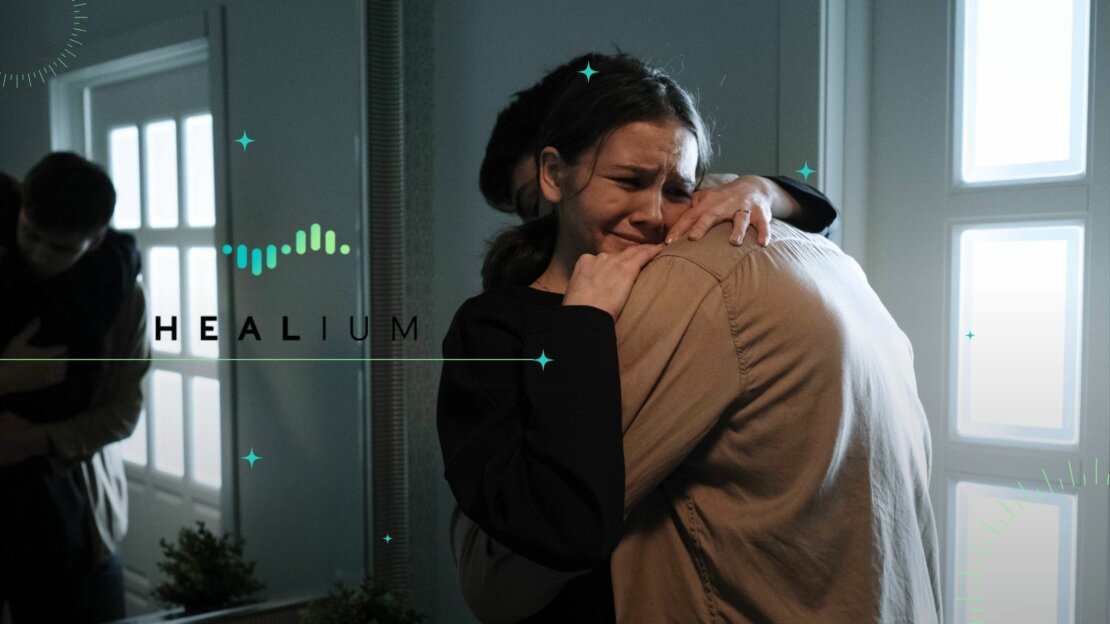




While it may seem mysterious, there are several underlying factors, both psychological and physiological, that can trigger this emotional response.

Crying without a clear cause can be a perplexing and distressing experience. It’s not uncommon to find yourself in tears and unable to pinpoint exactly why. This blog will break down the possible reasons why you’re crying for no reason as well as discuss some ways you can begin to address those root causes.
Crying for no apparent reason can be a symptom of various underlying issues, ranging from psychological conditions to physiological responses. Here are some potential causes:
• Mental Health Disorders: Unexplained crying can be a symptom of mental health issues like depression, anxiety, or bipolar disorder. These conditions often affect mood and emotional regulation, leading to spontaneous or unexplained crying.
• Hormonal Imbalances: Hormonal changes, such as those during pregnancy, menopause, or menstrual cycles, can cause emotional instability, resulting in unexplained crying. This is due to the fluctuation of hormones like estrogen and progesterone, which can affect mood.
• Stress and Overwhelm: High levels of stress or feelings of being overwhelmed can lead to emotional outbursts, including crying. This might happen even if there’s no immediate, identifiable cause for the stress.
• Neurological Conditions: In some cases, neurological conditions like pseudobulbar affect (PBA) can lead to unexplained crying. PBA causes episodes of sudden, involuntary, and inappropriate laughing or crying.
• Grief or Emotional Trauma: Sometimes, unresolved grief or emotional trauma can manifest as episodes of unexplained crying, even if the person isn’t consciously thinking about the loss or trauma at that moment.
• Physical Pain or Discomfort: In some cases, physical pain or discomfort can lead to crying, particularly if it’s chronic or intense.
• Medication Side Effects: Certain medications, especially those affecting the brain and mood (like antidepressants or blood pressure medications), can cause emotional instability as a side effect, including unexplained crying.
• Fatigue or Lack of Sleep: Exhaustion or lack of adequate sleep can lower a person’s emotional threshold, leading to tears without a clear reason.
Several studies explain the phenomenon of crying for no reason, including:
Crying in adulthood can reflect the quality of early attachment experiences and current adult bonds, according to this study. Adult crying can be segmented into different categories like healthy crying, crying for no apparent reason, and prolonged or frequent crying associated with depression or physiological disorders. The study suggests that specific instances and overall patterns of crying and inhibited crying may be understood in light of attachment styles, biological factors, and socialization.
Adolescents often experience symptoms of stress and depression, including unexplained crying, according to this study, which focused on the experiences of stress and depression among pregnant, urban, African-American adolescents.
The study further explored their perceptions of nonpharmacologic management strategies like yoga, which elicited positive results from the subjects for stress/depression management and relationship building.
• Mental Health Care:
Seeking therapy or counseling can be beneficial. A mental health professional can help uncover any underlying issues and provide coping strategies.
• Lifestyle Adjustments:
– Regular exercise
– A balanced diet
– Sufficient sleep
• Mindfulness and Meditation:
– Engaging in mindfulness practices and meditation can help in managing stress and emotional responses.
Healium offers an innovative solution to managing stress and emotional well-being. By combining virtual reality (VR) or mobile video with biofeedback technology, we provide an immersive experience that can help users understand and regulate their emotional responses.
Users wear VR goggles and are connected to biofeedback sensors that monitor brainwave activity. The VR environment responds in real-time to the user’s emotional state, creating a feedback loop. This unique approach allows users to visually see the impact of their relaxation techniques, aiding in better emotional regulation.
The effectiveness of VR and biofeedback in managing stress and emotional responses is supported by research, including promising results that suggest significant shifts in the brain pattern associated with positivity. By engaging with Healium, users can gain better control over their emotional responses, potentially reducing instances of unexplained crying.
___
Disclaimer: This blog is for informational purposes only and is not a substitute for professional medical advice. Always consult your healthcare provider or mental health professional for any health-related concerns. Healium is not a replacement for professional counseling or psychotropic mediation.
Sarah Hill, a former interactive TV news journalist at NBC, ABC, and CBS affiliates in Missouri, gained recognition for pioneering interactive news broadcasting using Google Hangouts. She is now the CEO of Healium, the world’s first biometrically powered VR channel, helping those with stress, anxiety, insomnia, and other struggles through biofeedback storytelling. With patents, clinical validation, and over seven million views, she has reshaped the landscape of immersive media.